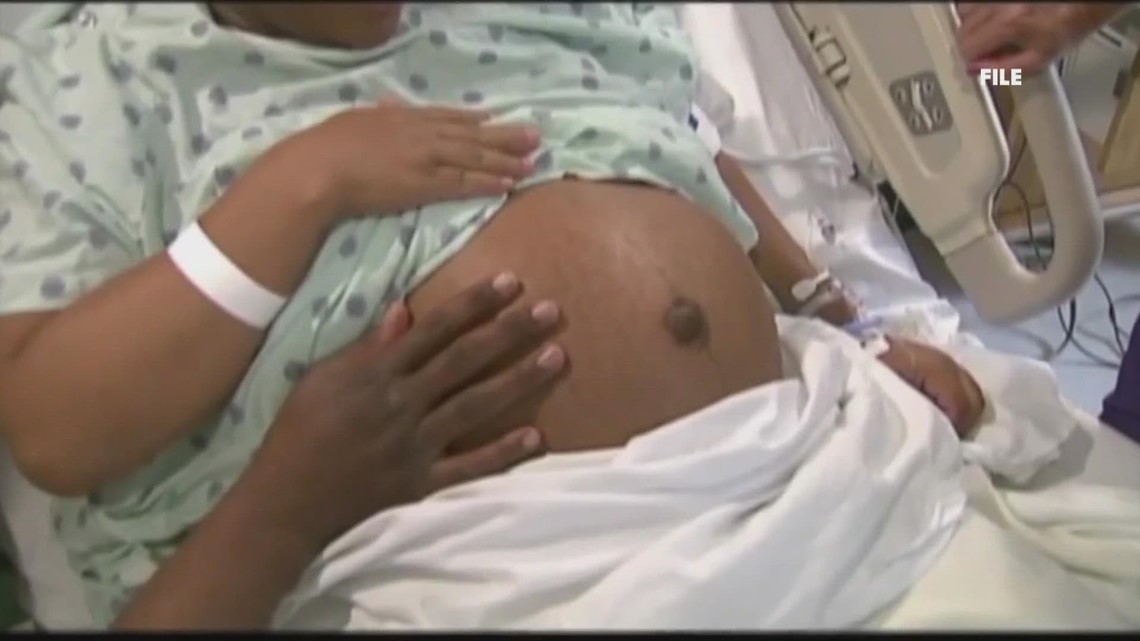Childbirth is a remarkable and transformative experience that has captivated humanity for centuries. It is a time of anticipation, wonder, and joy, but it is also shrouded in myths, and misconceptions passed down through generations. Unfortunately, these myths often instil fear, anxiety and unnecessary expectations in expectant parents.
Nevertheless, it’s time to separate fact from fiction and debunk some of the most prevalent myths surrounding childbirth.
Myth #1: “Labour always begins with your water breaking.”
The image of a gushing water breaking to signal the onset of labour has been perpetuated in movies and popular culture. However, only a tiny percentage of women experience water splitting as the initial sign of struggle. Contractions and other physical changes are more reliable indicators that work has commenced. Expectant parents must be aware of these signs and consult their healthcare provider for guidance.
Myth #2: “You must give birth lying flat on your back.”
The notion that lying flat on the back is the only or most optimal birthing position is a common misconception. In reality, women should be encouraged to explore places that feel comfortable and facilitate the progress of labour. For example, upright positions, such as sitting, squatting, or kneeling, can help utilize gravity and widen the pelvis, potentially easing the birthing process. Birthing balls, water immersion, and other supportive tools can also be beneficial.
Myth #3: “Cesarean sections are the easy way out.”
Cesarean sections, or C-sections, are major surgical procedures performed for the well-being of the mother or the baby. However, they are not the “easy way out” as commonly believed. Recovery from a C-section involves a longer healing process and additional risks than vaginal birth. It’s essential to recognize that both vaginal delivery and C-sections are valid childbirth methods, each with its considerations and benefits. Therefore, both should be respected and acknowledged as appropriate options.
Myth #4: “You will instantly bond with your baby.”
While the arrival of a newborn is a momentous occasion, instant bonding between a mother and her baby is not always the case. Bonding takes time and is a unique and individual process influenced by hormonal changes, postpartum emotions, and personal experiences. Therefore, parents should allow themselves space and time to develop a bond with their baby and seek support if they feel overwhelmed or disconnected.
Myth #5: “Breastfeeding comes naturally to every mother.”
Breastfeeding is a skill that the mother and baby need to learn and practice together. While it is a natural process, it does not always come quickly or instinctively to every mother. It may involve latching difficulties, low milk supply, or discomfort. Seeking support from lactation consultants, joining breastfeeding support groups, and accessing accurate information can help women navigate obstacles and increase their chances of successful breastfeeding.
Myth #6: “You can’t have a vaginal birth after a cesarean section (VBAC).”
Many women who have had a previous cesarean section believe they must have repeat cesarean sections for subsequent births. However, vaginal birth after a cesarean (VBAC) can be a safe and viable option for many women. The decision to attempt a VBAC depends on several factors, including the reason for the previous cesarean, the type of uterine incision, and individual health considerations. Therefore, discussing VBAC options with healthcare providers who can provide guidance and support is essential.
Dispelling these childbirth myths empowers expectant parents with a clearer understanding and fewer anxieties as they approach the experience. It is essential to seek evidence-based information, consult with healthcare professionals and access support networks to make informed decisions that align with individual needs and preferences.
Let us embrace the beauty and diversity of childbirth, celebrating women’s incredible strength and resilience on their unique journeys to parenthood.

